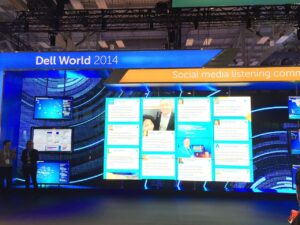In pitching Twitter to a client, there invariably comes a point in the conversation where your client is intrigued but not yet sold. “I like the idea,” she says, “but I don’t have anything to tweet.”
Sure you do! Unless your organization produces no content whatsoever, you’re no doubt already swimming in possible tweets: op-eds, videos, speeches, congressional testimony, memos, blog posts, podcasts, news clips—even, if you must, news releases.
For example, whenever the Manhattan Institute publishes an op-ed, it tweets it, with the preface, “New Op-ed.” Whenever the Heritage Foundation releases a policy paper, it tweets, “New Policy Paper.” When the Cato Institute finishes a podcast, you can finish the sentence. New content is tweetable content.
The beauty of these arrangements is that once you create them, they run on auto-pilot; a free tool like Twitterfeed can auto-tweet new material as you release it. Simply spend 15 minutes on the setup, then watch as your mission and message spread to those who otherwise might never hear about them.
To be sure, while a combination of pushing and pulling—i.e., engagement—is vastly preferable to just pushing, rare is the client who wants to go all-in immediately. But there’s no rule that says to partake of social media, you need to go big or go home. Instead, it’s often best to start with the low-hanging fruit, and work your way up, as Google does with Chrome, incrementally.
A version of this blog post appeared on GovLoop (October 11, 2010) and K Street Cafe (October 12, 2010).
Addendum (9/10/2011): While the above tactic can thrive on Twitter (additional automatons include the New York Times, GovLoop, and Gawker), it fails on Facebook. According to a new study, Facebook Pages that auto-publish receive an average of 70% fewer likes and comments. The study attributes this dramatic drop-off to Facebook’s policy that reduces the prominence of posts from third-party APIs, such as Twitterfeed.



